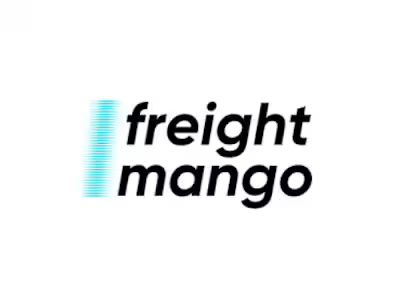2,200-word blog for Hive: The complete guide to freight shipping
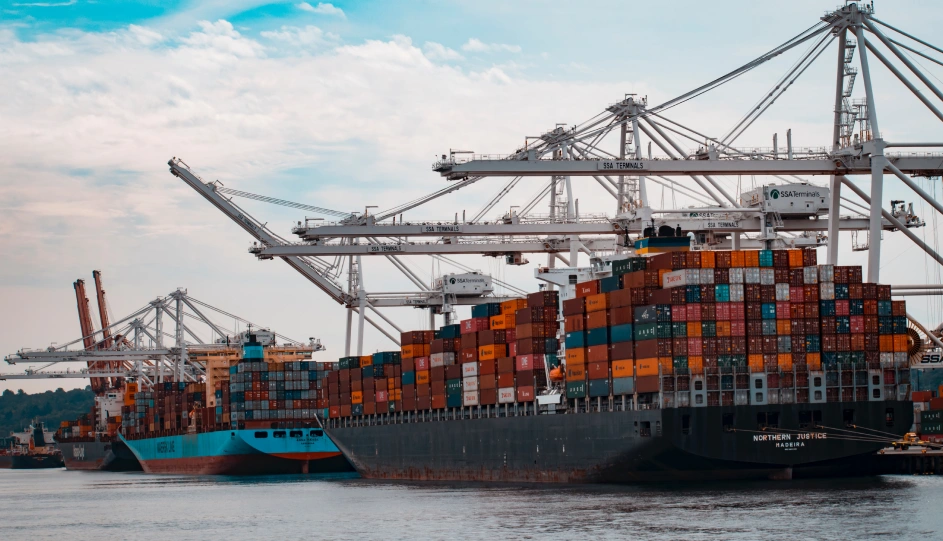
According to Valuates Reports, the global freight shipping market was worth approximately $61 billion in 2021, and the Compound Annual Growth Rate (CAGR) is estimated to rise by 5% by 2028.
These figures and the scale of the market shows that every day, millions of businesses depend on freight shipping to meet national and international demand. In 2020 alone, 1.85 billion metric tons of cargo was shipped around the world. Undoubtedly, freight shipping is the foundation of all domestic and international commerce.
Freight shipping meaning
Freight shipping or heavy freight shipping is all about moving goods in bulk. Businesses use freight shipping companies to transport large volumes of goods and heavy items cost effectively - meaning they try to secure the best shipping freight rates. Any shipment that is larger than 30 inches by 30 inches by 30 inches, or weighs over 150 pounds, is classified as freight.
Shipping freight can be done in three ways:
By land (truck freight shipping and freight train shipping)
By sea (container shipping)
By air (commercial and cargo planes)
Sea freight accounts for 90% of all goods transported around the world. Specialist container ships can carry high volumes of heavy cargo and is considered the most effective form of freight shipping based on price per container. Shipping freight rates for ocean shipping can vary, but are still lower when compared with air freight.
Air freight shipping utilizes passenger and cargo planes to quickly transport goods around the world. Shipping by air is highly time efficient, and ideal for businesses with tight deadlines.
Truck freight shipping and freight train shipping is highly cost effective and economical over short distances, while allowing for a complete door-to-door service. Rail freight allows for the transportation of goods in bulk and the use of intermodal containers. Rail freight trains are capable of transporting the equivalent of 400 trucks worth of cargo.
Businesses can use different types of freight shipping services to transport cargo, including freight forwarders or third-party logistics providers (3PL). A freight forwarder specializes in moving goods between two locations. A 3PL partner manages entire logistics operations.
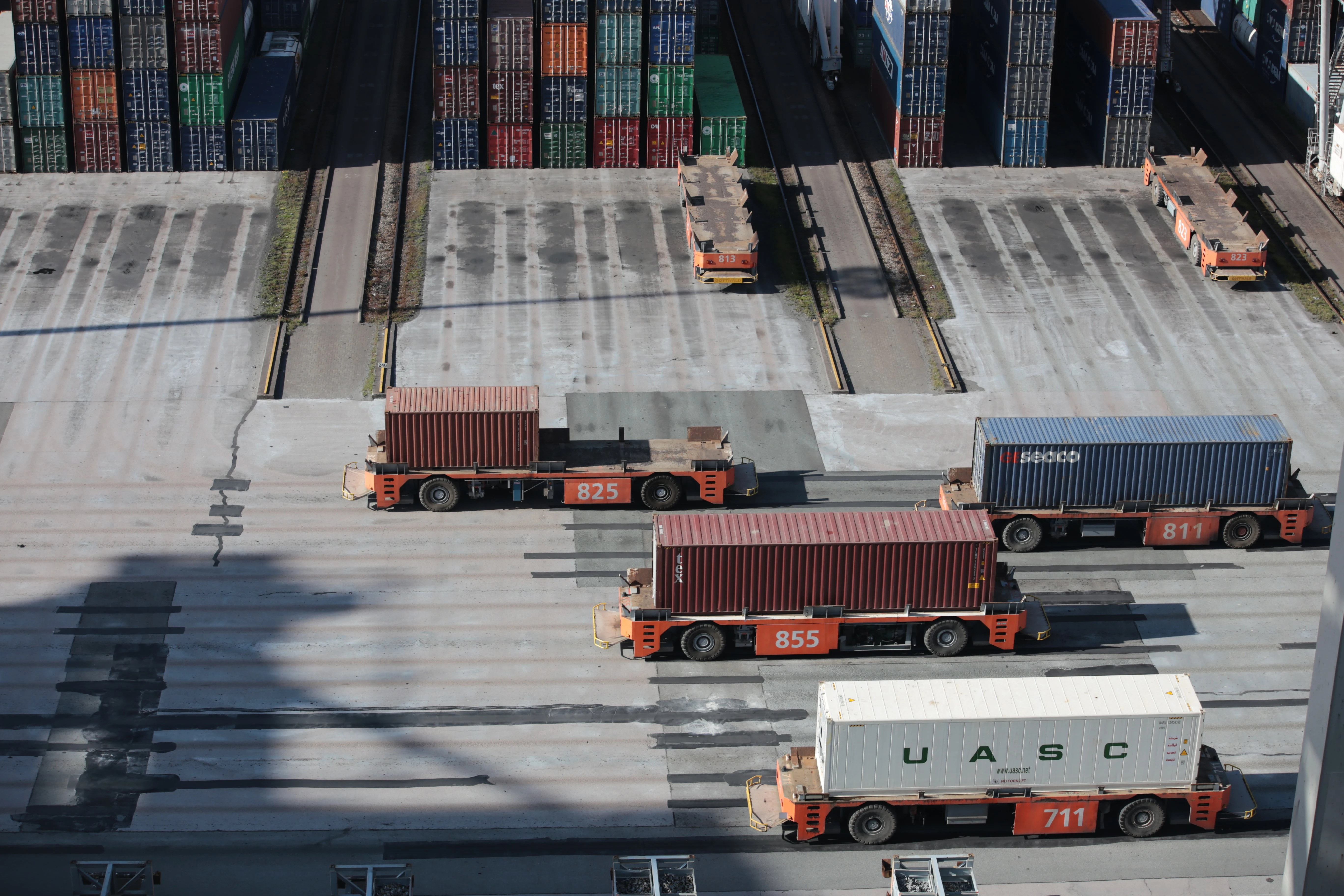
What is the role of heavy freight shipping in e-commerce order fulfillment?
Freight shipping plays a crucial role. With customer demand and delivery expectations rising, the pressure is on businesses to move goods quickly, cost-effectively and sustainably.
Connecting e-commerce companies with top carriers
E-commerce companies rely on freight shipping to transport goods cost-effectively, safely and securely. Businesses in the e-commerce space will connect with reliable freight carriers, ensuring that goods are delivered on time in secure packages.
Safety and security
Unlike parcel shipping, freight shipping sends goods on pallets, lowering the risk of damage and reducing the risk of theft. Freight shipping enables businesses to track shipments and receive regular notifications, in real-time, on the status of their cargo while it is in transit.
Real-time tracking shows when goods are picked up, whether they are on time or delayed, and when they have been delivered.
Cost-effectiveness
Freight shipping plays a vital role in reducing costs for e-commerce companies. For example, by using less-than- and/or partial truckload shipping, businesses only pay for the truck space taken up by their cargo.
Technology
One of the key roles freight shipping is playing in e-commerce fulfillment is encouraging the use of new technologies across the supply chain. Superior technology is transforming the shipping process by helping to speed up and increase the success rate of order fulfillment. Plus, technology is helping to reduce costs and improve sustainability.
Find out here how e-commerce brands can save time and money on freight shipping by working with Hive as a 3PL partner.
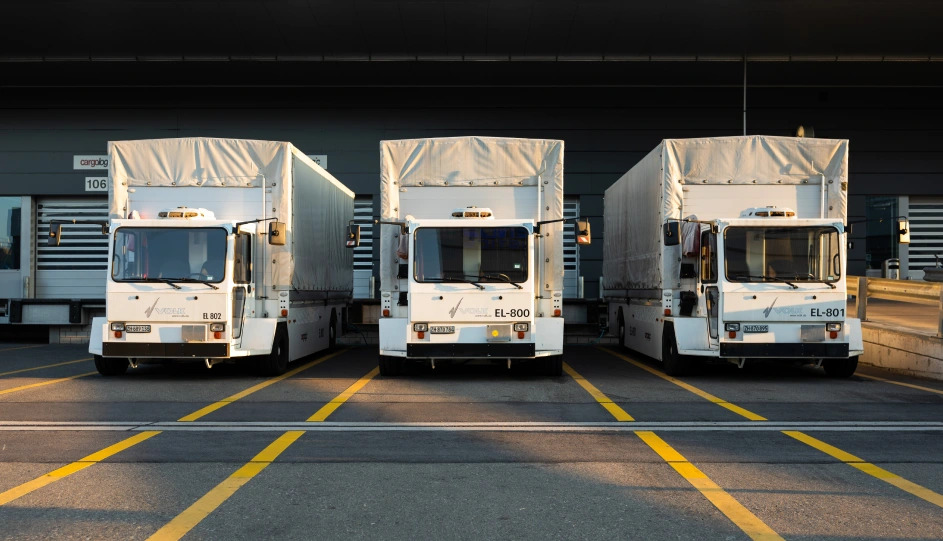
Methods of freight shipping
There are five types of freight shipping available to businesses:
Full truckload (FTL) - This truck freight shipping solution makes a full container available for transporting cargo. 24 - 26 pallets can be transported by FTL containers. FTL shipments are direct deliveries straight from the pickup location to the final destination. For example, from a manufacturer to a fulfillment center.
Less-than-truckload (LTL) - Most LTL shipments are between 1 and 6 pallets. LTL freight shipping is the most common method of transporting goods. LTL freight shipping often involves transferring e-commerce inventory between different trucks on its way to its destination.
Partial truckload (PTL) - Partial truckload shipments are between 6 and 12 pallets. Once cargo is loaded into a truck, the likelihood of inventory being switched to another truck during transit is low.
Intermodal - Intermodal shipping typically involves a combination of truck freight shipping and rail freight shipping. However, it can be a blend of ships, rail and trucks. The benefit of using rail as part of the shipping process is that it can lower fuel and overall shipping costs.
Expedited - Ideal for time-critical shipments, expedited freight typically involves shipping by air and trucks. Expedited shipping is often the most expensive method.
Freight shipping step-by-step
The freight shipping process involves six key steps, starting with export customs clearance and finishing with import customs clearance:
Step 1 - Export haulage
This involves the movement of cargo from a shipper's premises to a forwarder's premises. Most often, this is movement to a warehouse. Goods would then be moved by truck, rail or a combination of the two.
If the shipper is responsible for this part of the process, it is often arranged through a local transportation company.
Step 2 - Export customs clearance
For shipments leaving the country, customs regulations must be met. Customs clearance is a declaration that is developed and required documents must be submitted to the relevant authorities.
Export customs clearance must be performed by a provider with a valid customs license. The export customs clearance process must be completed before cargo can leave the country of origin.
Step 3 - Origin handling
Origin handling covers the physical handling and inspection of freight from a warehouse right up until the point it is loaded. When cargo is received it is inspected, planned for loading, consolidated with other cargo, put in a container and then moved to port ready for loading.
Step 4 - Import customs clearance
Import customs clearance often starts before cargo arrives in its destination country. The import customs clearance process must be cleared before cargo can leave a customs bonded area in the country of destination.
Step 5 - Destination handling
Similar to origin handling, cargo handling is required in the destination country before it can be released to a consignee. Destination handling includes the transfer of a container from ship to shore and from a port to a warehouse. It also includes preparation of cargo for a consignee to collect.
Step 6 - Truck for haulage
The last leg of the process is arranging for final delivery of cargo to the consignee. This is typically an LTL haulage run. The delivery of cargo tends to involve transport to a specific address, but often doesn't include unloading the truck - this is usually the responsibility of the consignee.
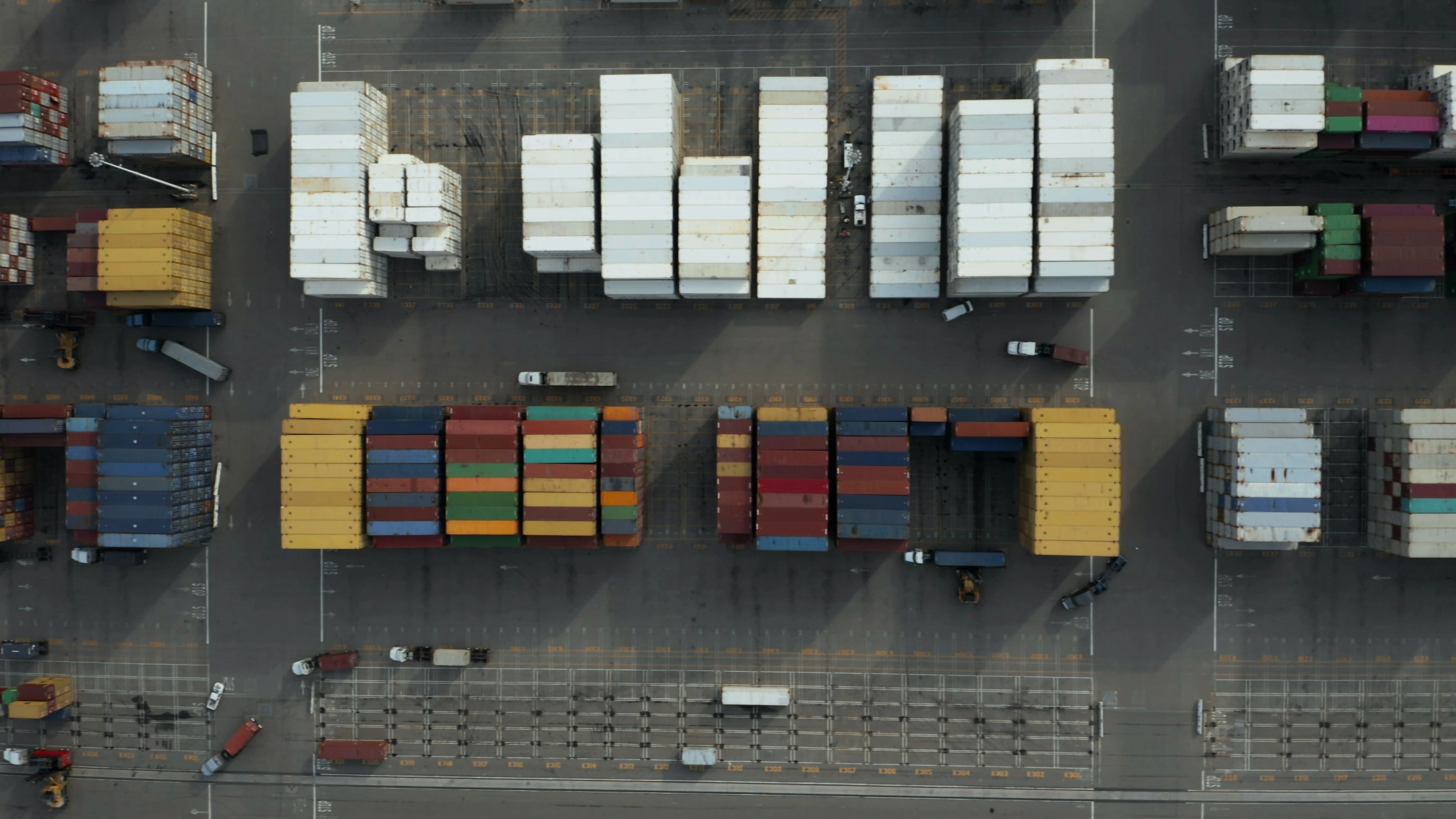
How to prepare your freight for shipping
Preparing for freight shipping is very different from a typical parcel shipment. To ensure that cargo is shipped, handled and received securely and accurately, follow these tips.
Prepare the right-sized pallets
Pallets are used to consolidate shipments, allowing for ease of movement. Use a high quality pallet that is made of wood or plastic and weighs between 20 and 70 pounds. Make sure it is sturdy enough to support the load it is carrying and large enough to avoid overhang, which can cause damage.
Use the right shipping container
If pallets are not being used, an appropriate container, crate or corrugated box must be prepared. Make sure they are strong enough to support the weight of goods.
If reusing previously used containers, be sure to remove any old barcodes to reduce the risks of goods being shipped to the wrong destination. Ensure to check used containers for damage. Use dunnage on every side of containers to keep items secure and to reinforce edges. Seal any openings with reinforced tape.
Attach labels
Every pallet or container should have a label attached that is visible and features a telephone number and the shipper's address.
Adhere to freight carrier instructions
Every freight carrier will do things differently. It's important to follow the instructions provided by freight carriers to ensure everything runs smoothly.
How much does freight shipping cost?
Freight shipping rates can change daily, sometimes hourly. Prices can be affected by a number of factors, including the seasons, the shipping lanes used to transport goods, and increased demand. To keep up with freight costs, more shippers are relying on companies who use the latest technology in order to get the best freight shipping prices.
The standard factors affecting freight costs include:
Freight class - the higher the freight class that your cargo falls into, the higher the price will be per pound.
Freight density - the higher the density of the cargo being carried, the lower the price per pound.
Fuel costs - the higher the cost of fuel, the higher the freight shipping costs. This will often show up as a fuel surcharge. Charges for fuel will be based on the price of fuel for any given week.
Travel distance - the longer the distance that cargo is traveling, the higher the cost. This is especially true if the area to which freight is traveling does not match well with a transporter's operational areas.
Shipment weight - for single pallets freight shipping cost will decrease to a certain point, but will likely increase as load limits are reached.
Shipment time-frame - cargo that needs to be delivered within a specific deadline will need expediting or require express delivery, which will increase the cost.
Special needs - freight that requires a lift gate, limited access, residential delivery, refrigeration, hazmat or any other special requirements will be subject to higher costs.
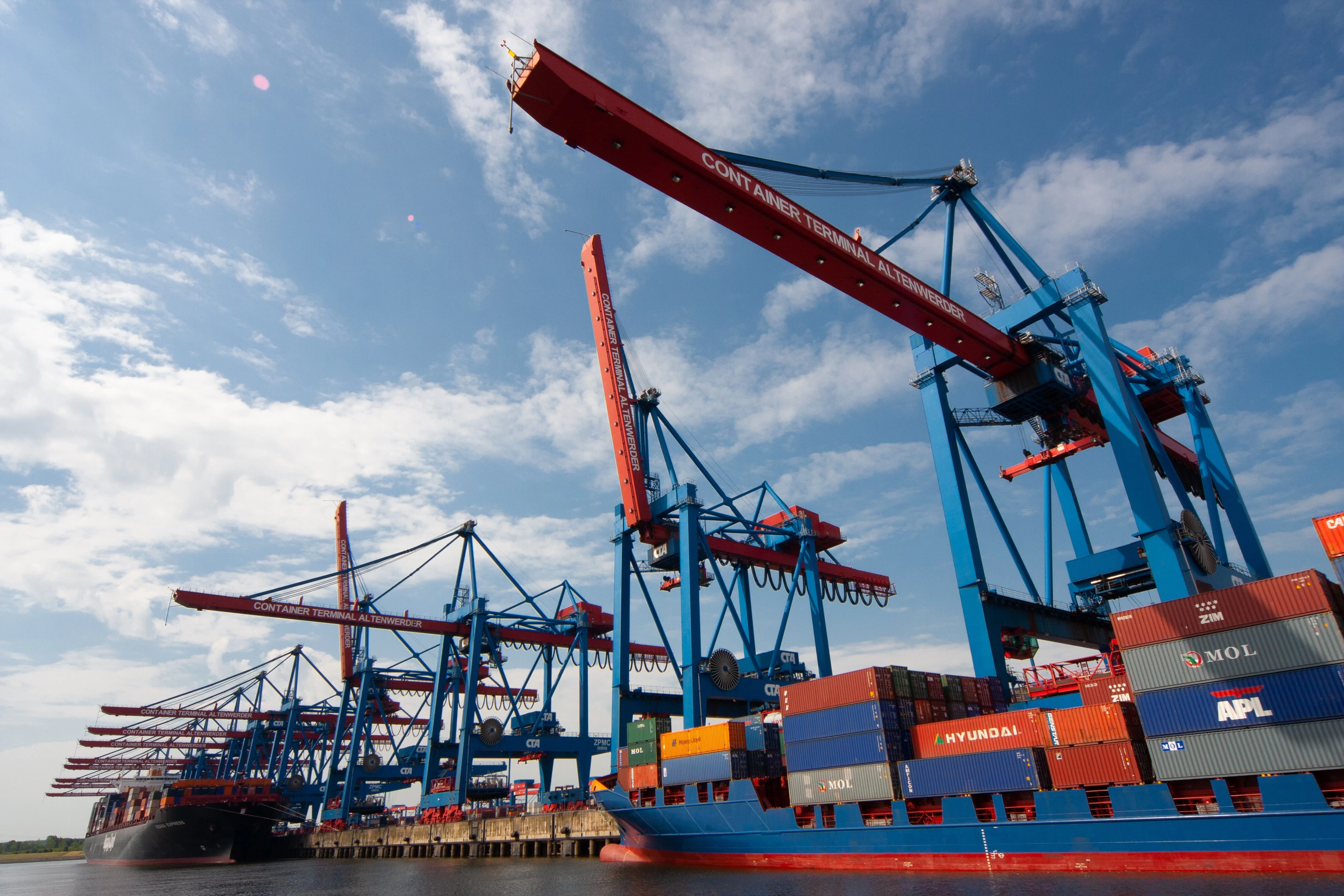
What are the benefits of freight shipping?
There are many benefits to freight shipping, including:
Delivery of large and bulk loads - Freight shipping offers an easy, efficient way to transport large items or inventory in bulk. Ocean freight shipping in particular is a great way to move inventory in bulk or move large items.
Safety - Freight shipping is one of the safest ways to transport goods domestically and internationally, reducing the risk of loss and theft.
Flexibility - Freight shipping allows you to 'shop around' for the best prices and quickest ways to move cargo. You have the option to choose from land, sea or air-based solutions to suit budgets and timescales. Plus, you can schedule shipments months in advance.
Customer service - Partnering with a 3PL ensures that your entire freight shipping process is taken care of. The level of customer service you will receive includes access to expertise and experience, opportunities to scale your business and drive cost savings, while boosting satisfaction among your own customers.
Tried and tested - Freight shipping has been around for decades and is a tried and tested method. Millions of businesses trust freight shipping and there's a reason for that - it gets the job done.
How long do freight shipments take?
Freight shipping times are affected by a number of factors including distance, shipping mode, route, season and extenuating circumstances such as the Ukraine-Russia conflict.
Rough estimates for shipping times, based on several 'transit time calculators', include:
Expedited shipping - as little as 1 - 3 days
Air freight - 5 - 10 days
Ocean freight - 20 - 45 days (or more)
Freight shipping classifications
Freight classifications are a shipping industry standard and grouping system that's typically used to determine the movement of LTL shipments. The purpose of freight shipping classifications is to facilitate smooth and productive freight rate negotiations and logistics.
Freight class is split into four primary metrics to calculate the overall transportability of cargo, including:
Density - in the shipping industry, density is defined as the space an item occupies in relation to its weight. Class 50 is the lowest class, assigned to cargo with a density that is greater than 50 pounds per cubic foot. Class 500 is the highest class, where freight is less than 1 pound per cubic foot.
Ease of handling - Freight that requires special care and attention due to irregular weight, size, and shape or items that are fragile or hazardous, warrant a different freight classification.
Liability - Items that are at risk of theft or accidental damage are considered when leveraging accountability. For example, perishable goods and dangerous chemicals carry high liability concerns and costs.
Stowability - Freight that is subject to government regulations or specific carrier policies means that it cannot be stowed with other types of freight. Freight class attempts to quantify relative stowability to reflect how easy or difficult it is to handle different kinds of freight.
According to the National Motor Freight Traffic Association, there are 18 possible classifications for LTL freight, ranging from low to high.

Freight shipping terminology
The world of freight is filled with terminology you might not understand. To give you a basic understanding, here are some regularly used terms in freight and what they mean.
Incoterms (International Commercial Terms)
The same word can have different meanings in other languages. This means that there is always a risk of things being misinterpreted in overseas trading. In order to minimize this risk, International Commercial Terms are an international set of rules devised to bypass language barriers.
Delivered at terminal (DAT)
Delivered at terminal states that a seller is responsible for all transportation, shipping, and insurance costs into a destination port. The buyer is then responsible, and is liable, for all customs charges and onward transport costs.
Delivered at place (DAP)
DAP is an agreement between seller and buyer in which the seller assumes all costs for delivering the goods to a ‘place’ specified by the buyer, usually a port (DAT), or place of business. The buyer assumes all responsibility for any customs clearance or duty on the goods.
Full container load (FCL)
A full container load relates to a 20ft or 40ft container, which is fully loaded with goods or merchandise from the same seller. Full loads usually attract better freight rates than loose cargo or part loads.
Less-than-container load (LCL)
A less than container load, often referred to as a part container or groupage load, relates to goods loaded into a shared container with others shipping smaller loads - an excellent way for those exporting smaller volumes to keep their freight costs as low as possible.
Working with a 3PL partner: heavy freight shipping with Hive
Hive handles all communication and negotiation between supplier and forwarder to make sure your goods are brought quickly and safely into the fulfillment center of your choice.
We know each industry has its own needs. That is why we partner with all carriers and negotiate the best prices for you, including direct injection partners for fast internationalization.
Like this project
Posted Aug 18, 2023
A 2,200-word, ghost written SEO blog providing a complete guide to freight shipping.
Likes
0
Views
17
Clients

Hive





